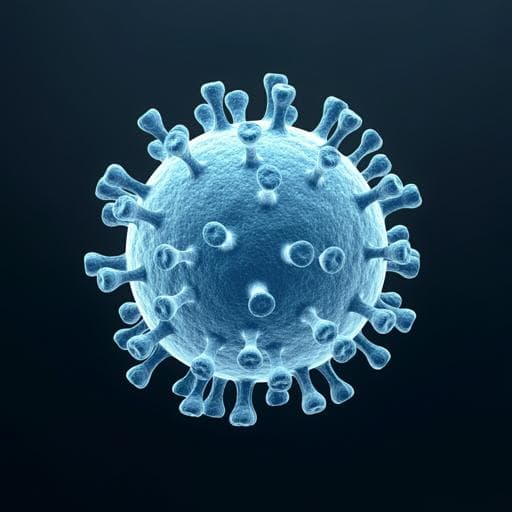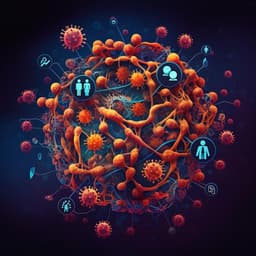
Environmental Studies and Forestry
Role of meteorological factors in the transmission of SARS-CoV-2 in the United States
Y. Ma, S. Pei, et al.
This study conducted by Yiqun Ma, Sen Pei, Jeffrey Shaman, Robert Dubrow, and Kai Chen investigates the intricate relationship between air temperature, specific humidity, ultraviolet radiation, and the transmission of SARS-CoV-2 across 2669 U.S. counties. Discover how cold, dry weather and low UV radiation moderately influence the pandemic's transmissibility.
~3 min • Beginner • English
Related Publications
Explore these studies to deepen your understanding of the subject.







